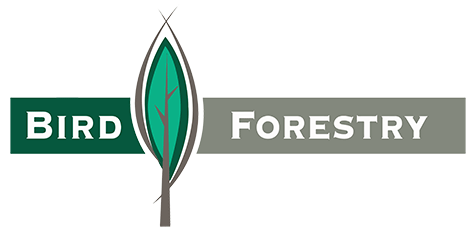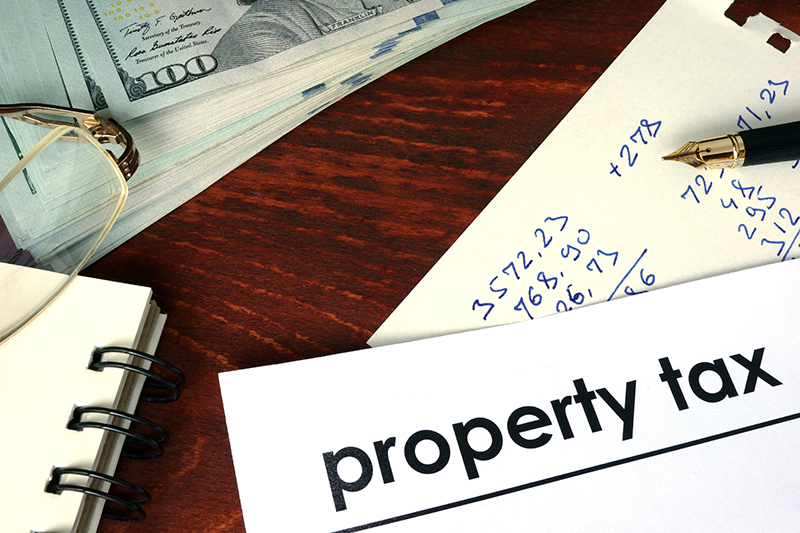Part 1 of 2

Bird Forestry / TerraStone Land Company
You are the proud new owner of a patch of forestland, and you don’t have the foggiest idea of what to do first, or even where to start. All you do know is that you are excited about being a landowner and want to do what is right by the land. What do you do next?
Like a lot of things in life, this is comparable to working an old-fashioned puzzle. You start with the edge pieces and build a frame around the project. This works because you can readily identify the border pieces; you roughly know where they go, and you know that they will fit together. You can then proceed to fill in the blank area after establishing the border to give you a good start and head you in the right direction.
The ideas presented here are based on my personal experiences of working with private landowners since 1978. Along the way, I will point out some of the common mistakes that people make in regard to their forestlands.
A broad outline of our forestland puzzle should cover four primary areas:
1. The Legal Side – Records, Boundaries, and Access
2. The Financial Side – Valuation of the Asset and Tax Issues
3. The Natural Resource Side – What is Present on the Land
4. The Human Side – The People Part of the Equation
To assist in this endeavor, most folks would be wise to make arrangements for professional assistance. Here is a suggested list:
• An independent, full-time professional consulting forester – this is a professional who does not have a conflict of interest in a timber purchasing entity, and can, therefore, advise you and represent your interests in transactions such as timber sales. More importantly, a consultant can guide you through the management planning process better than any other professional.
• A timber-knowledgeable accountant – this is important for income tax planning.
• A real estate-knowledgeable attorney – advice on estate planning, leasing, legal access, boundary line issues, utility easements, and contractual arrangements are among the services that a good attorney can provide.
The Legal Side should begin with gathering and archiving records of boundaries and access. Before taking any other action, your first step should be to secure a copy of all paperwork related to the property. This would include, but not be limited to:
• If Purchased, a copy of the executed deed, the Contract and other Real Estate Documents – Settlement Statement, etc.
• If inherited, a copy of probate records, wills, or any other legal documents.
• If gifted, the documents that the donor might have from their acquisition of the property.
• Boundary Line Survey – plat and the field note description.
• Any other document, note, or account that might assist in authenticating the value of the property at the time of acquisition.
• Records of timber harvest, reforestation or any other forest management activity – to include extent and dates.
• Identification of the Legal Property Boundaries
There are two fundamental characteristics of property boundaries that a new landowner should be aware of:
1. The legal description of the property boundaries as found in a deed, also known as field notes.
2. The on-the-ground evidence of the property boundaries, if any. This evidence can be fences, blazed and/or painted lines, roads, creeks, or other physical features that may or may not be described in the deed’s field notes.
If the property boundaries have not been fenced or maintained in some manner, and/or the last surveying work was completed over a decade ago, it is very likely that the boundaries may require resurveying in order to locate their true position.
It is often important to require the surveyor to mark, blaze or otherwise designate the location of the boundary lines on the ground. Surveyors are not required to locate the boundary line in between corners on the ground, and this is almost always done at an additional cost. Knowing the location of two corners which are a half-mile apart through brushy woods with no indicator of the actual boundary in between is not very helpful.
Immediately following new surveying work, the property lines and corners should be designated by either fencing or a painted-and-posted line on trees, posts, etc. These boundary markers need refreshing on 5- to 10-year cycles.
It is important to retain the on-the-ground evidence of the surveying work to assist in protecting your asset from inadvertent timber harvesting. Failing to establish and maintain the legal boundaries of a property is in the “Top Five of Landowner Mistakes.”
Access
It goes without saying that a property is not very useful if it cannot be legally and readily accessed. A common misconception is that you cannot be landlocked when the truth is anything but that. This is a common problem we come across in our forestland real estate business.
At some point, ignoring access issues will cost you or your descendants a lot of money. This is also a “Top Five Mistake.”
Legal
Access for harvesting timber and planting trees is one thing; legal transferable access in a real estate sale is another. With the passing of time, access has become a big issue. The mutually beneficial informal arrangements between landowners in the past are no longer valid in many cases.
If your land does not have clear legal access, then it is Job # 1 to get that access cleared up and in the deed records.
A great mistake that I have seen landowners make is to put off curing access problems– the consultant instead works out a deal with an adjacent landowner for temporary access, gets the timber harvested and/or replanted, and the access issue is left for someone else to deal with in the future.
Readily Accessible
A legal description of an accessway in a deed is one thing – if it crosses a swamp along the way, then it is another. The on-the-ground situations such as stream crossings, narrow and/or tree-filled easements and encroachments such as buildings commonly cause legal access easements to be impractical and/or difficult to utilize.
Maintenance and Use
Another common error is to fail to maintain and use the access easement. Maintenance includes items such as mowing, repairing boundary fencing and/or access gates, cleaning out encroaching brush and repair to the road surface. Failing to utilize the easement in favor of an easier route, and to generally neglect the access easement, is not a good idea.
At some point, ignoring access issues will cost you or your descendants a lot of money. This is also a “Top Five Mistake.”
Watch for Part 2 coming in the next edition of Bird Forestry’s “Latest News” that will include: “So, You Are A New Forestland Owner – What Do You Do Next?” we will examine the last three pieces of our new land ownership puzzle: 2. The Financial Side – Valuation of the Asset and Tax Issues; 3. The Natural Resource Side – What is Present on the Land and 4. The Human Side – The People Part of the Equation



